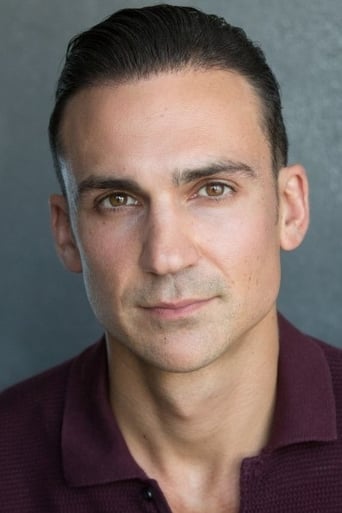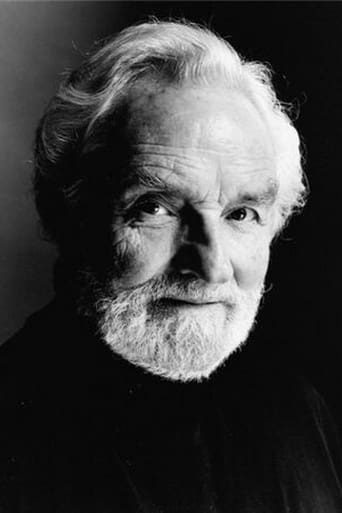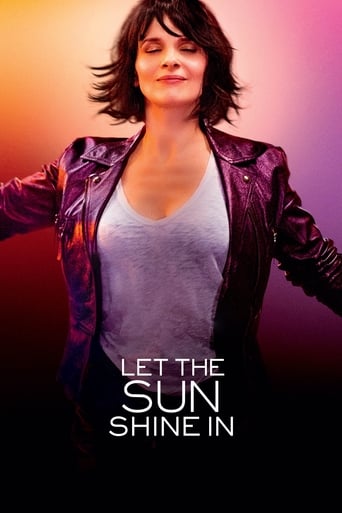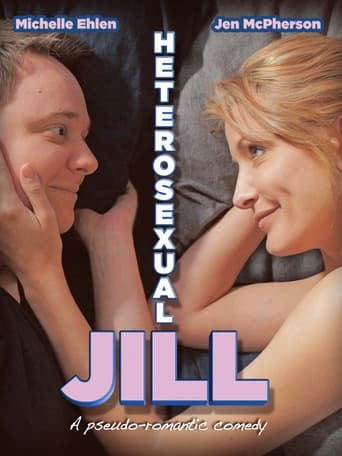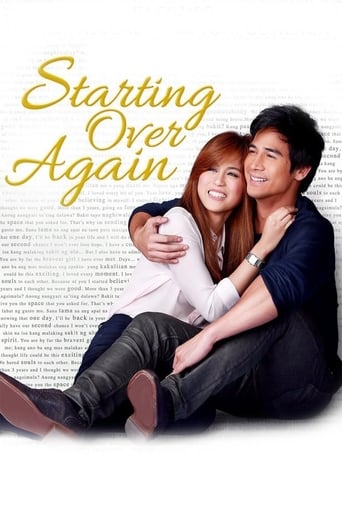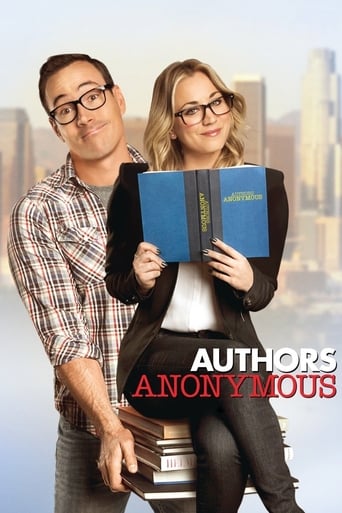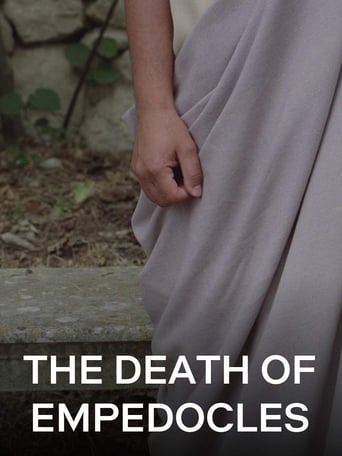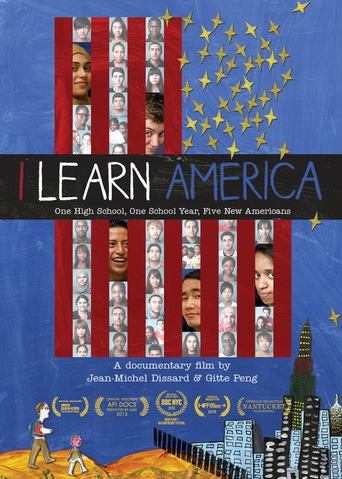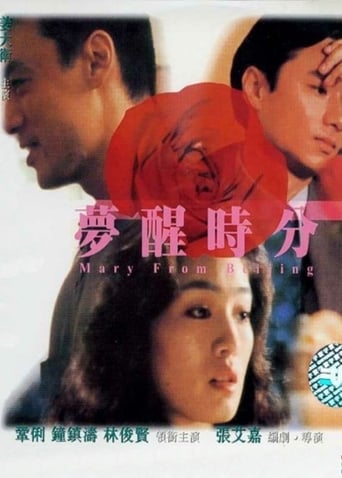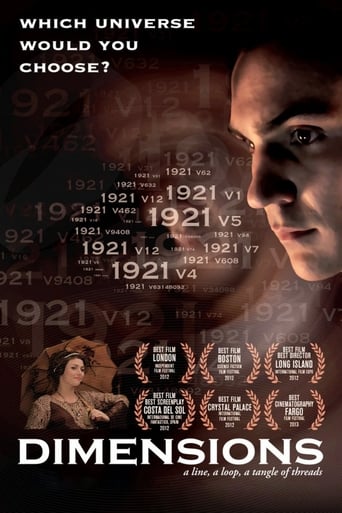
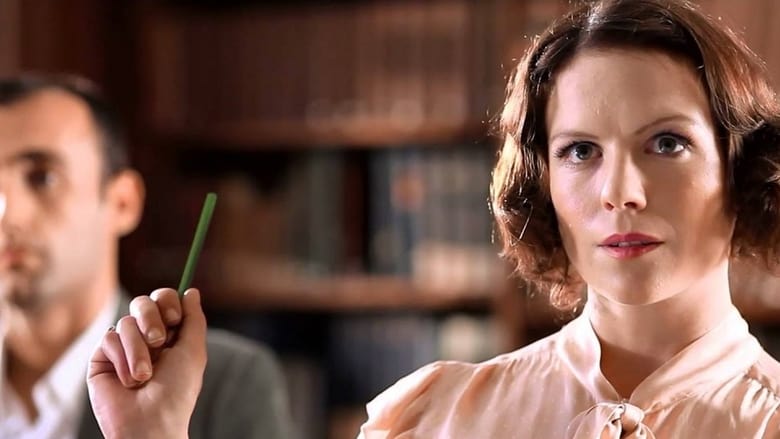
Dimensions (2011)
Stephen is a brilliant young boy who lives in England, in what appears to be the 1920s—but nothing in Stephen’s life is quite as it seems. His world is turned upside down upon meeting a charismatic and inspirational professor at a garden party, who demonstrates to Stephen and his friends what life would be like if they themselves were merely one, or two, dimensional beings. He then proceeds to explain that by manipulating other dimensions, time travel may actually be possible. As Stephen’s life unfolds, events lead him to dedicate himself to turning the Professor’s theories of time travel into reality. Jealousy, love, obsession, temptation and greed surround him, influencing his fragile mind and the direction of his work.
Watch Trailer
Cast


Similar titles
Reviews
It's no definitive masterpiece but it's damn close.
As Good As It Gets
Absolutely Fantastic
It's entirely possible that sending the audience out feeling lousy was intentional
I'm usually a sucker for science fiction, and time travel in particular, but this movie was underwhelming. The characters are severely under-developed and uninteresting. One of the main characters is so empty that at one point the protagonist suggests that she might not be real, and she has no response.The time-travel elements of the movie are similarly devoid of interest, and the supposed plot is elementary. I think most of the effort on this movie went into period sets, costumes and haircuts. It certainly doesn't show up in the writing, acting, or directing.
This is not your typical sci-fi flick. There are no monsters, mutants or massive special effects. It is science (physics) + historical fiction. It is easy for lovers of sci-fi to get bogged down by details. Rather than quarrel with other reviewers about this, I would just say this is fiction, parallel universes are not currently fact; so one might be more open-minded if someone presents an alternate approach.1) To assume that scientists can't be illogical at times is perhaps short-sighted. Love is truly illogical and childhood love is even more so. They need not be an emotional wreck in order to be illogical about lost love or unfounded guilt. Brilliant scientists come in many forms.2) If you want to know Robert's motivation for traveling back in time, pay closer attention to the love stories.Be open to the story and as others have said, the cinematography and the score are excellent for a low budget movie.
This flick should have been entitled - "The Cookie Jar, The Hula- Hoop, and The Old Piano".This movie is just plain goofy! Actually the first part with the children at play in the countryside is interesting. You get a good look into each character and their friendship with one another. After the story jumps forward 15 years the plot becomes a partially science fiction comedy thriller thing. As I was watching I could not help laughing each time I saw the instrument for time travel. What a hoot! An old cookie jar, a metal hula hoop thing, and an old upright piano, some electric dryer vent tubing and a collection of wires. I thought, 'really', they expect the viewer to go with this?And then those long scenes of the adult girl and boys working and just being with one another. Completely boring! I actually felt sorry for the actors having to put their 'all' into this goofy story of reality, time travel, greed, and love. And it all comes to a head at that infamous well. Sorry Director U'Ren this one is a no no.
This review - and the comment - was written at Cambridge Film Festival (15 to 25 September 2011), where the film had its UK premiere* Contains spoilers *Although it is received wisdom that 'I can't be in two places at once (or at the same time, in a variant)', not only is that usually just an excuse, but it is affected by developments in cloning.All that apart, the immense popularity of Dimensions, now (after screenings in Screens 2 and then 1) shown again, meant that I could go through the wormhole of watching again: the phrase does not sound favourable, but it is not intended unfavourably, as I was viewing twice to see what happened to something that I thought fine the first time.Why was it fine? It is an extremely intelligent film that uses the concept and theory of time-travel to say something about what I described in my blog as longing. I still think that it is longing, not just obsession – one can be obsessed about something (e.g. Jackie Chan cutting my head off) that (without being psychoanalytical), on the face of it (pun intended!), one does not long for, and long for something that does not obsess one.I said longing for something that one cannot have or that may not do one any good. In this film, that turns out not to be true on either count, and also involves a paradox. The events are separated by fifteen years, but, in some respects, the characters seem unchanged, seem stuck in some childish ways (as we all probably are – now who wants to play the psychology card, after all!), seem full of what I want to call longing. (I call it longing not only because I can't use the German word Sehnsucht, and, because of the connotations, I don't want to use yearning.) I asked a question about that at the premiere – the younger actors had had a chance to speak to their counterparts (and vice versa). What I find myself thinking, this time around, is that there is a generational as well as a dimensional character to all that we see, a temporal distortion that, as much as Alice's worlds reinterpret the present from which she enters Wonderland or the other Looking-Glass House, ripples (a key word in the script) as water, particles or time do with their differing wave-fronts. Which is why Ant Neely's brother's house on the river at Cambridge is such a benefit to and feature of this film.This Cambridge-driven film – Ernest Rutherford split the atom here in 1917, which was then done under both his direction and controlled conditions in 1932 - buzzes with that innovation, but buzzes in the direction of feelings, and Olivia Llewellyn's acting beautifully embodies the spirit of a bright and clear academic mind, seeking to help Henry-Lloyd-Hughes (as Stephen) achieve his brilliant aims.* * * * *To say a little more, enough to tease (as the film often does), about mirror-images, there is a scene that shows Stephen and his friend Victoria after they have tumbled to the ground in a sort of chase of and with themselves.As with something that happens later, which may (as Stephen's cousin Conrad first claims, and later appears unsure about it) - or may not - have been an accident, and which literally ties in with this moment, there is an embodiment of a skein, of the film's title's 'tangle of threads' (or the potential for it). It's a game, but there's bondage, the shackling that Joyce McKinney asserts was a sort of chosen cure, a sort of healing, in Tabloid, and with it there's the breathlessness associated with the other activity, there's the arbitrary rule-making that the game has to be played one way (counter-clockwise), an approach that can form rigid habits and stronger disciplines, not always for one's - or anyone else's - good in life (as with Stephen's father's former friend Richard?).So the mirror-image, of the game being played clockwise, can be imagined - as can any other action involving Victoria and Stephen - happening, but it offends against the street being declared to be one way. (Not too far off from thinking again of Rutherford, of thinking how the characters in Michael Frayn's Copenhagen revolve, dance, around each other like particles in a simple atom...) And the transposed image, the left / right flip? Set aside whether the falling down together, linked, was (as with Conrad's accident) deliberate - although it had to seem so, or not ambiguously so, for us: when we see Stephen and Victoria on the ground, from the waist up, side by side, they are, first of all, in that order, left to right. The picture (taken by the cinematographer, but not one that otherwise existed for Stephen to see (directly)), when he calls it to mind later, becomes Victoria and Stephen, she now on the left. (It is nearly summoned again, but we do not actually see it, are just so reminded of it that, as a ghost of a view, we could almost swear that its image is on our retina at that point, because we know it - or think that we know it - by then.) So these are the hints of Alice, these are the suggestions that, in a world as like ours as the one that she first sees in Looking-Glass House, things may be subtly different, actually harmful: as The Annotated Alice observes, with Martin Gardner talking about left- and right-handed molecules (which are identical but for being mirror-images of each other), milk would not be safe for Alice or her cat to drink in the world beyond the looking-glass. Matter and anti-matter? It goes on...Where would we be without the imagination of Ant Neely (the film's writer) or of Lewis Carroll? The poorer for it, I think.


